
If you encounter an E1 error when turning on the air conditioner, you can use the forced power switch to start cooling, assuming that the compressor, fan motor, and sensors are functioning properly. Generally, this indicates a faulty motherboard, with the IO pin for temperature detection short-circuiting with the power supply. The air conditioner in question has been in use for over a decade, and finding a replacement motherboard for this model, which is quite old, is difficult. So how can it be repaired? It is possible to DIY the motherboard of this unit.
The display panel protocol of this air conditioner is not complex; it uses a coding method similar to infrared remote control, with a carrier frequency of 7K. Therefore, the display panel needs to be modified for serial communication. The LED display used is green, while the air conditioner's filter plate is red, which makes it difficult to see during the daytime. To solve this, you can purchase red LED digital tubes and install them. The original design did not consider installing ESP8266, but it was added later. Initially, the Xiaomi Air Conditioner Companion 2 was used to monitor the air conditioner and check if it was turned off by observing its power consumption, to avoid going back to the room to check the air conditioner.

Below are pictures of the air conditioner. The brand is Sanyo, and it was manufactured in 2003.
Here are pictures of the old control board of this unit:
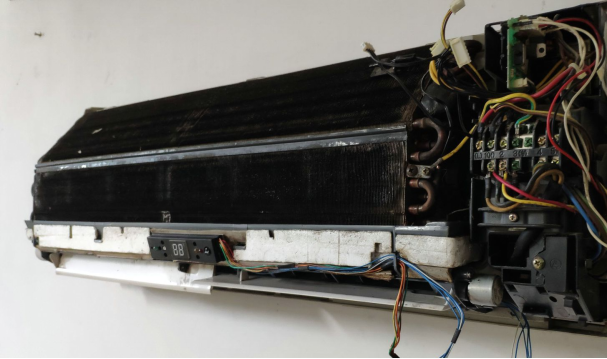
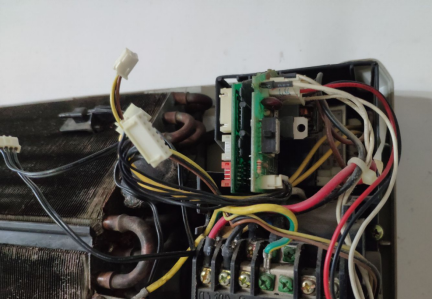
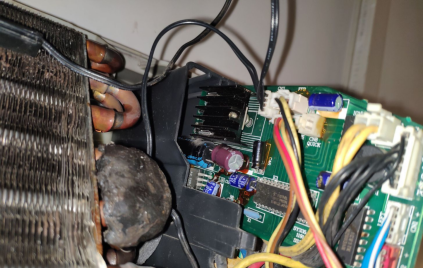
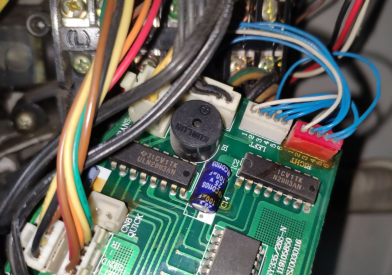
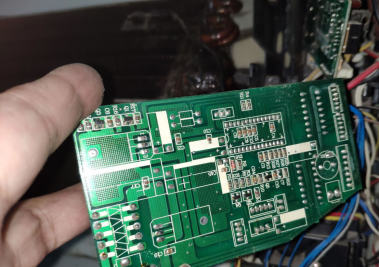
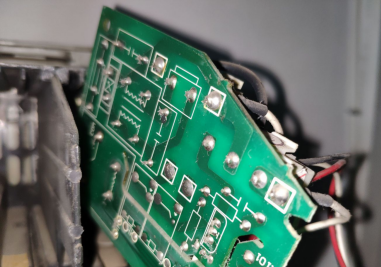
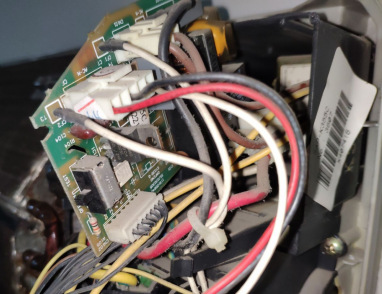
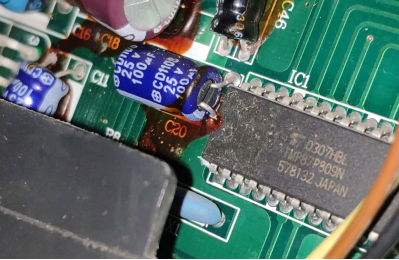

Here are pictures of the homemade board:
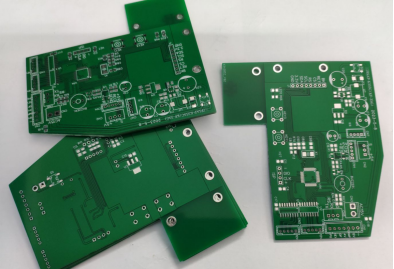
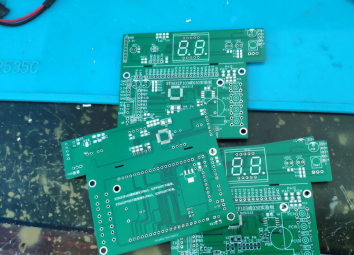
Below is the production process:
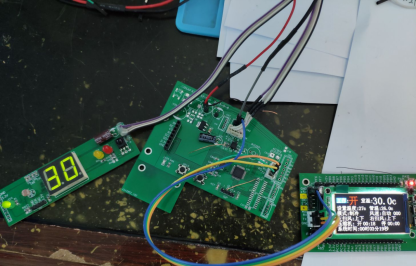

If the original infrared remote control is still in good condition, you can use the old remote control to make a remote control data extractor on the experimental board.
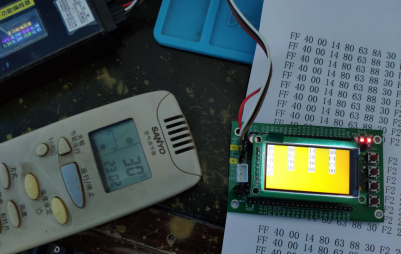
Basic completion, proceeding to analog testing.
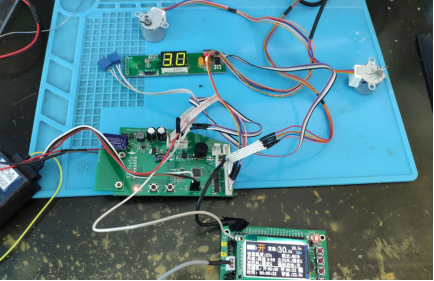
Testing on the actual unit. The experimental board is used to monitor the air conditioner's parameters through serial communication, and in actual use, it will be connected to the ESP8266. When selecting components, it is important to note that using a green LED display will make it difficult to see, while using a red one will be better.
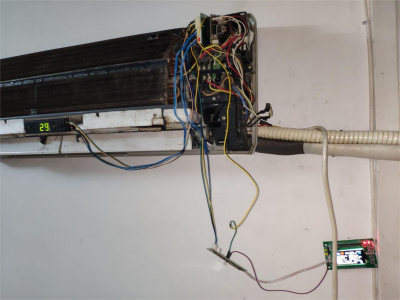
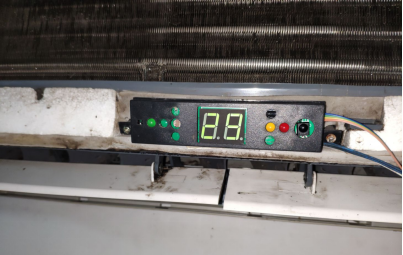

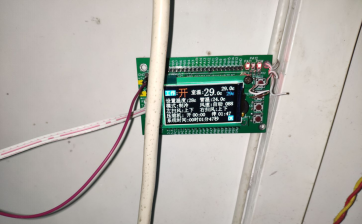
Once testing is complete, install the ESP8266 and develop a mobile app, then install it in the air conditioner for actual use.
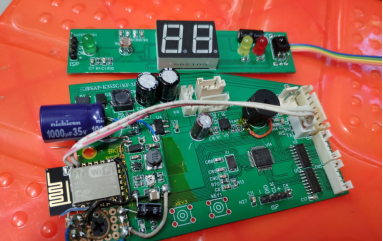
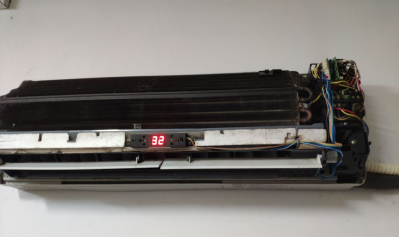
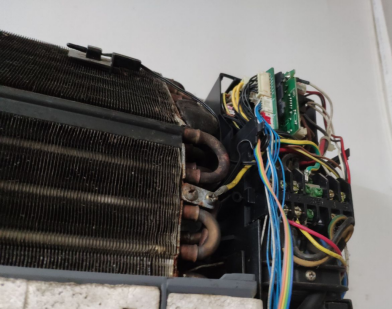
Finishing up, completing the manufacturing process of this board and the repair of the air conditioner.
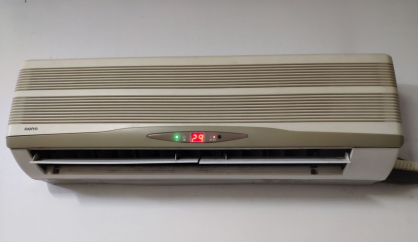
Below is the interface of the mobile app, which is relatively simple but functional. Its main purpose is to check if the air conditioner is turned off at the entrance. The contents in the advanced options are certain parameters of the air conditioner (room temperature, pipe temperature, compressor on/off duration, etc.) used to assess the air conditioner's performance.




